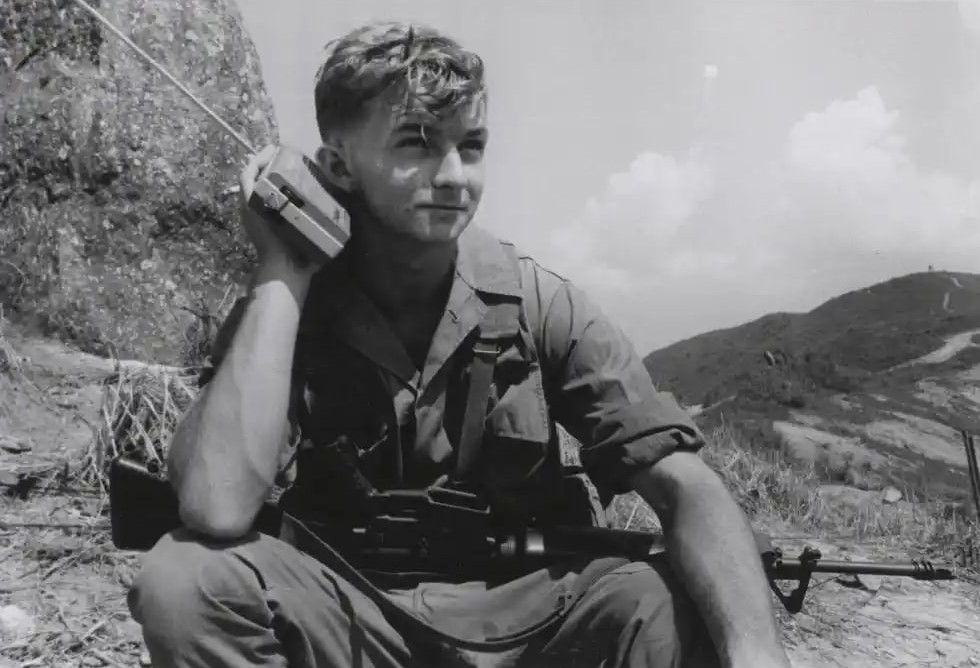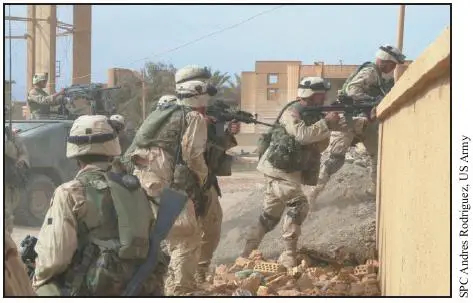4 APRIL 1945 - NORTH APPENINES CAMPAIGN ENDS - #WWII
The long, arduous, and often frustrating campaign in Italy's northern Apennines Mountains that began on 10 Sep 1944 came to a successful conclusion on 4 Apr 1945.
#Armyhistory #USArmy #TRADOC #MilitaryHistory
The long, arduous, and often frustrating campaign in Italy's northern Apennines Mountains that began on 10 Sep 1944 came to a successful conclusion on 4 Apr 1945.
#Armyhistory #USArmy #TRADOC #MilitaryHistory

Although derisively considered a "sideshow" by many historians, operations in Italy kept the enemy from sending reinforcements to oppose the main Allied effort in the drive across western Europe.
@USArmy @TRADOC
@USArmy @TRADOC
In Sep 1943, the 15th Army Group began the slow advance up the Italian peninsula. Resources originally intended for the Italian theater had steadily diminished in favor of supporting Operations OVERLORD and DRAGOON/ANVIL and the main effort of the direct advance toward Germany. 

Allied planners, however, realized it was desirable to continue on the offensive through the North Apennines and into the Po Valley to keep the Germans from establishing a static defense that would allow them to transfer forces to other fronts. 

The Allies attacked the enemy's Gothic Line in the fall of 1944 with hopes of a quick breakthrough and the rapid destruction of Axis armies on the plains of the Po Valley. The skillful German defense in depth and the highly compartmentalized terrain slowed the Allies' progress.
Weather also delayed the Allied advance north, especially after with the onset of winter, along with the lack of sufficient, powerful and mobile reserves to rapidly exploit local successes. 

Although Allied armies in Italy successfully tied up Axis forces desperately needed elsewhere, they could not break Axis positions or morale until the final offensive in April 1945.
• • •
Missing some Tweet in this thread? You can try to
force a refresh

 Read on Twitter
Read on Twitter




















